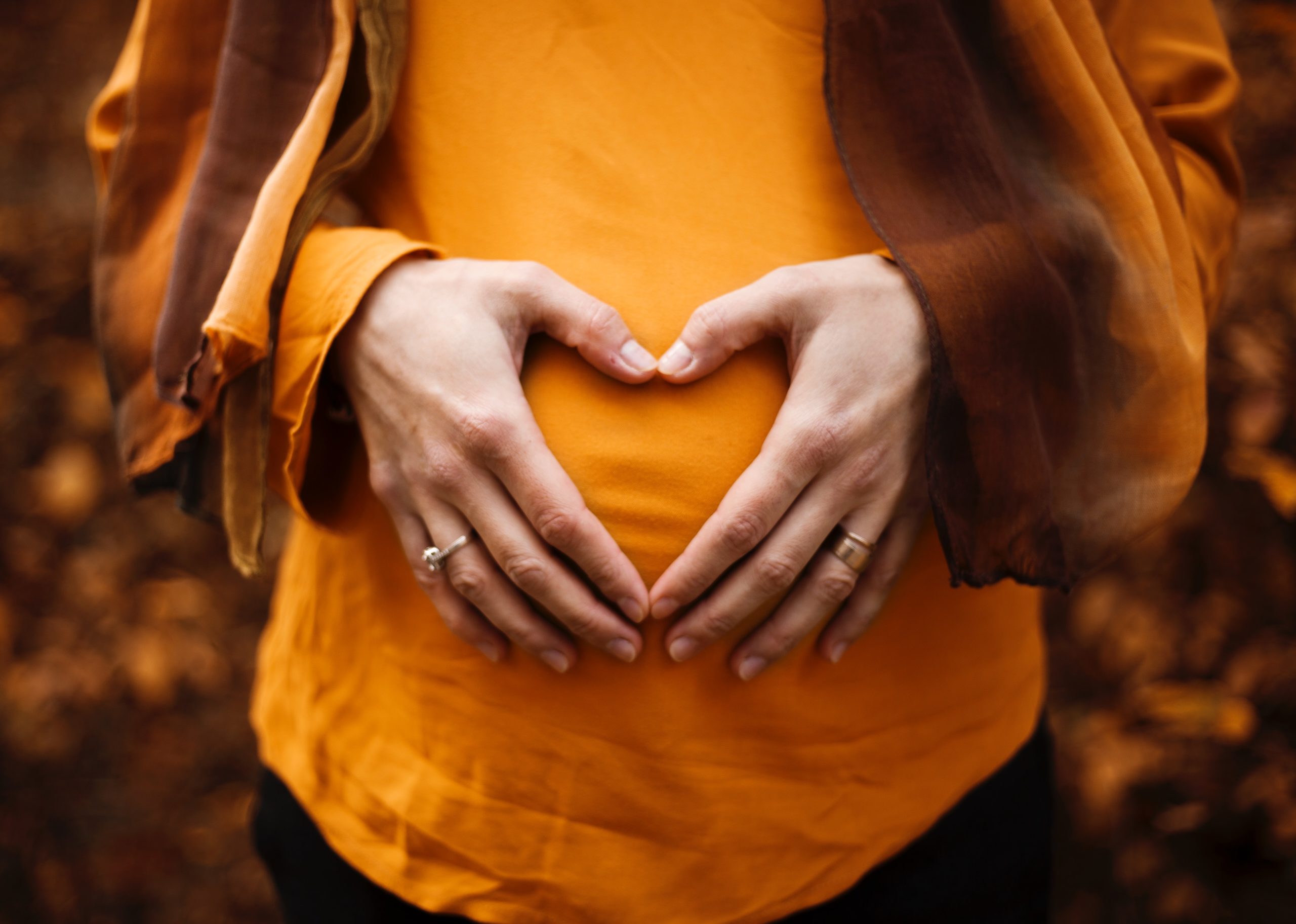Programs
Blog
About
PRegnant
LifeStyle
Postpartum
EXPECTING A BABY IN THE NEXT FEW MONTHS?
DOWNLOAD MY FREE POSTPARTUM ESSENTIALS CHECKLIST
Hi, I'm Liz!
I'm a chocolate-loving nutritionist,
pre & postnatal coach, doula and let's face it- total birth nerd 🤓.
I'm here to help you cut through mommy-marketing and pinterest perfection to confidently cultivate a pregnancy and postpartum experience you totally love.
Let's Connect
RECIPES
BREAKfast
beverages
main dish
dips & Dressings
salads & Sides
snacks
soups
treats
instant pot
one dish meals
quick meals
Pregnancy
Birth Planning
FIrst Trimester
Second Trimester
THird Trimester
Postpartum
Postpartum Planning
FOurth Trimester
REcovery
wellbeing
Fitness
Pregnancy Loss
Understanding Loss
Recovery After Loss
Friends & Family SUpport
PArent Life
Pregnant?
Check out the
5 core exercises you need to know!
Take the stress off your plate! Download
Meals Made Simple!
i need this!
Yes Please!
shop SAfer at beautycounter
Get the BEst Non-toxic Deodorant!
FItness
Nutrition
Nutrition
Grief & wellbeing
Pregnancy After Loss
Understanding Loss
Recovery After Loss
Friends & Family SUpport
Grief & wellbeing
Pregnancy After Loss
Understanding Loss
Recovery After Loss
infant & Toddler Feeding
Grief & wellbeing
Pregnancy After Loss
Newborn Care
Family Dynamics
PArent Relationships
lactation
Pregnancy After Loss
Simple Swaps for a Non-Toxic Kitchen
Whether you’re just starting to take the first steps to a non-toxic life or you’ve been “cleaning-house” for a while the kitchen is a great place to make simple, non-toxic swaps! While there are potentially problematic ingredients in every thing from cookware to cleaning supplies, don’t feel like you need to run out and replace everything in your kitchen. Start with these four simple swaps for a non-toxic kitchen that won’t overwhelm or break the bank.
No More Non-Stick
The coating on non-stick pans contain a chemical known as polytetrafluoroethylene, or PTFE, for short. When heated to 325F and beyond, PTFE actually releases a secondary chemical called perfluorooctanoate, or PFOA. (1) These chemicals are concerning because they have the ability to stay in the environment, and in the body, for long periods of time. (2)
These options will allow you to avoid these chemicals found in non-stick pans:
- Cast Iron pans
- Ceramic or enameled cook- and bakeware. Note these pans are different from ceramic non-stick, which often contains the same problematic chemicals as standard non-stick. Enameled cast iron for cooking or ceramic bakeware is your best bet.
- Stainless steel cookware. This is a lighter option for those who don’t want to lug around hefty cast iron.
Ditch the plastic
We find plastic all over the place in the kitchen! Plastics are super problematic not only for our health, but also they’re shit for the environment. Plastics can leach toxic ingredients like BPA into food. Swapping to plastic alternatives makes a simple, yet impactful choice! Try things like:
- Glass containers or the OG Tupperware: mason jars!
- Stasher bags (or silicone bags)
- Beeswax wrap (did you know you can make your own?! It’s far less expensive and more sustainable)
Safer Suds
Many conventional dish soap options have fragrances, dyes and other harmful chemicals like zinc carbonate, which is linked to organ toxicity. Using the EWG Guide to Healthy Cleaning you can find safer alternatives to the traditional blue dyed dish soap! (3) On the go? Download the EWG Healthy Living app to scan products and find their EWG rating.
For now, here are a few brands the LWW team loves & trusts:
Non-toxic Surface Cleaner
Household cleaners aren’t required to disclose ingredients, leaving much of what’s inside that surprisingly blue liquid a mystery. Many surface cleaners contain fragrance, disinfectants, respiratory irritants and environmentally problematic ingredients. Disinfectants and sanitizers may not sound like a bad thing, but these ingredients are derived from pesticides made to kill germs and bacteria. (5) This leads to the creation of superbugs (and fun fact, doesn’t actually kill all the bacteria). Using soap versus antibacterial cleansers is actually more effective at removing germs, rather than killing them. (6) The EWG recommends avoiding the following ingredients: ammonia, chlorine bleach, bezalkonimum chloride, triclosan, and fragrance. (4)
- Make your own surface cleaner! This is incredibly simple and pretty darn effective. Combine 1 cup white vinegar, 3 cups water, and peels from a couple oranges in a jar. Then let the mixture steep sit for at least 1 week. After its steeped, strain into a spray bottle. Boost the cleaning power by adding a few drops of non-toxic dish soaps to the spray bottle (like the ones listed above!)
- Branch Basics. Not into the DIY scene? Our favorite non-toxic surface cleaner is from Branch Basics. They ship safer cleaning concentrates that you add to a spray bottle with water. This limits the amount of packaging waste and boosts your cleaning power!
- Microfiber cleaning cloths. Our family prefers the cloths from Norwex, but you can find other options! Microfiber works by trapping bacteria and germs in the cloth, removing them from surfaces. Boost your cleaning routine by pairing them with one of the surface cleaners from above.
References:
- https://lilynicholsrdn.com/non-stick-pans-pregnancy/
- https://www.cancer.org/cancer/cancer-causes/teflon-and-perfluorooctanoic-acid-pfoa.html
- https://www.ewg.org/guides/search?utf8=%E2%9C%93&q=dish+soap&x=0&y=0&page=1&per_page=15
- https://static.ewg.org/ewg-tip-sheets/EWG-Cleaners-WalletGuide.pdf
- https://branchbasics.com/blog/how-to-naturally-disinfect-surfaces/
- https://www.cdc.gov/handwashing/show-me-the-science-handwashing.html
Related
October 26, 2019
Christine Miller
The post may contain affiliate links and the site may earn a commission on some products.
Every item on this page is chosen and recommended by the LWW team.
Read more about our Affiliate Disclosure here.
Holiday hits
Don’t miss these!
Want to add a little ease to your routine as a parent?
Get all my favorite tips, tricks and recipes delivered straight to your inbox.
start here
blog
work with liz
programs
non-toxic living
podcast
contact
© 2021 LIZ WINTERS WELLNESS // WEBSITE BY PINEGATE ROAD
Terms & Conditions
start here
blog
work with liz
PROGRAMS
non-toxic living
podcast
contact
© 2021 LIZ WINTERS WELLNESS // WEBSITE BY PINEGATE ROAD
Terms & Conditions
BADASS Birther's Club
Postpartum Recovery After Pregnancy Loss
How to Support Loved Ones After Loss
start here
blog
work with liz
PROGRAMS
non-toxic living
podcast
contact
© 2021 LIZ WINTERS WELLNESS // WEBSITE BY PINEGATE ROAD
Terms & Conditions
Pregnant
Postpartum



